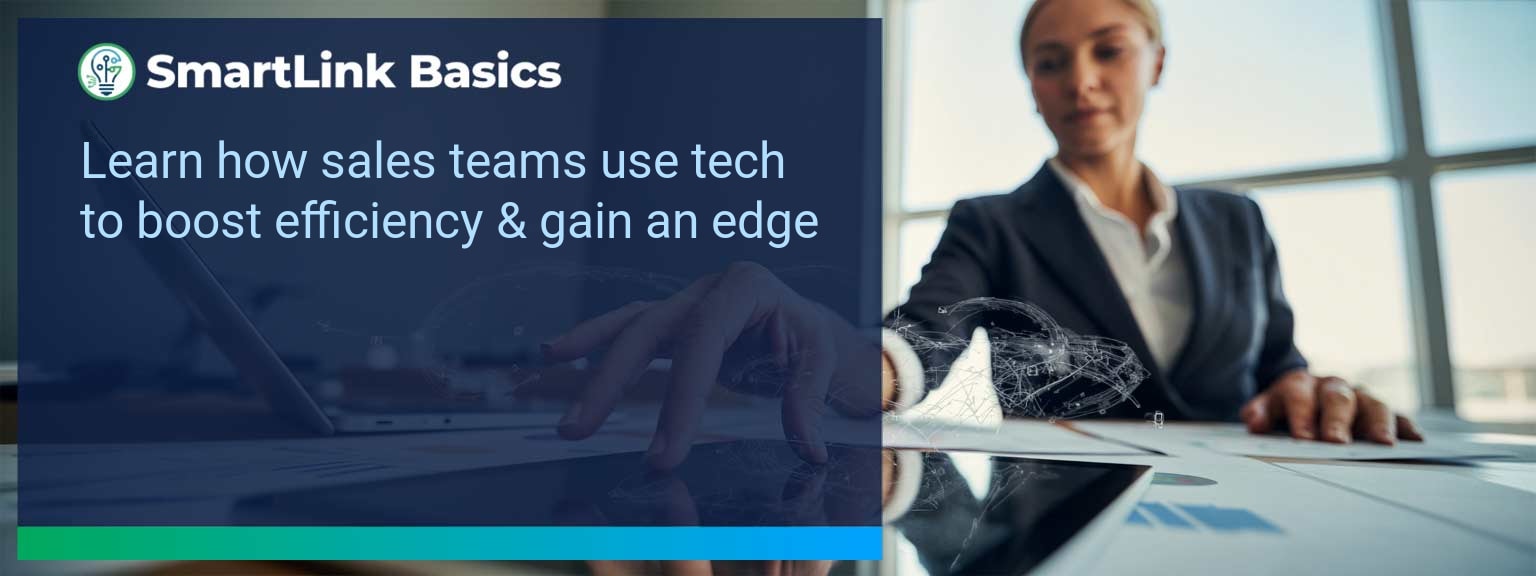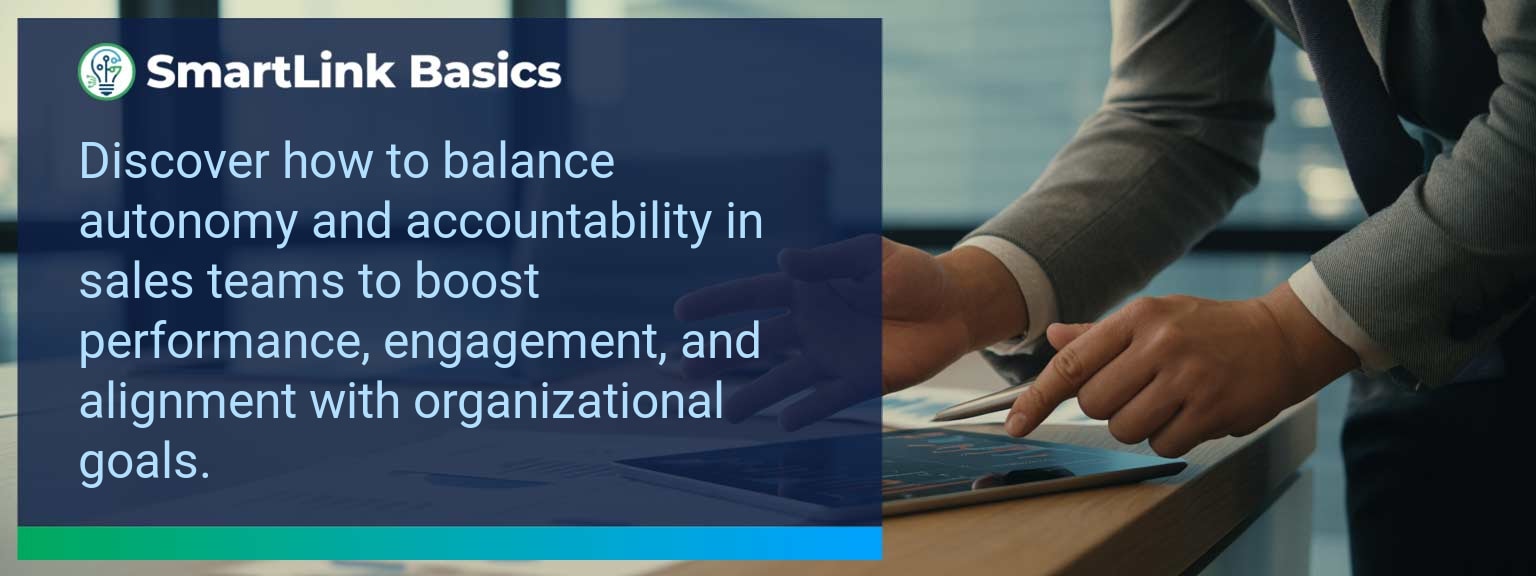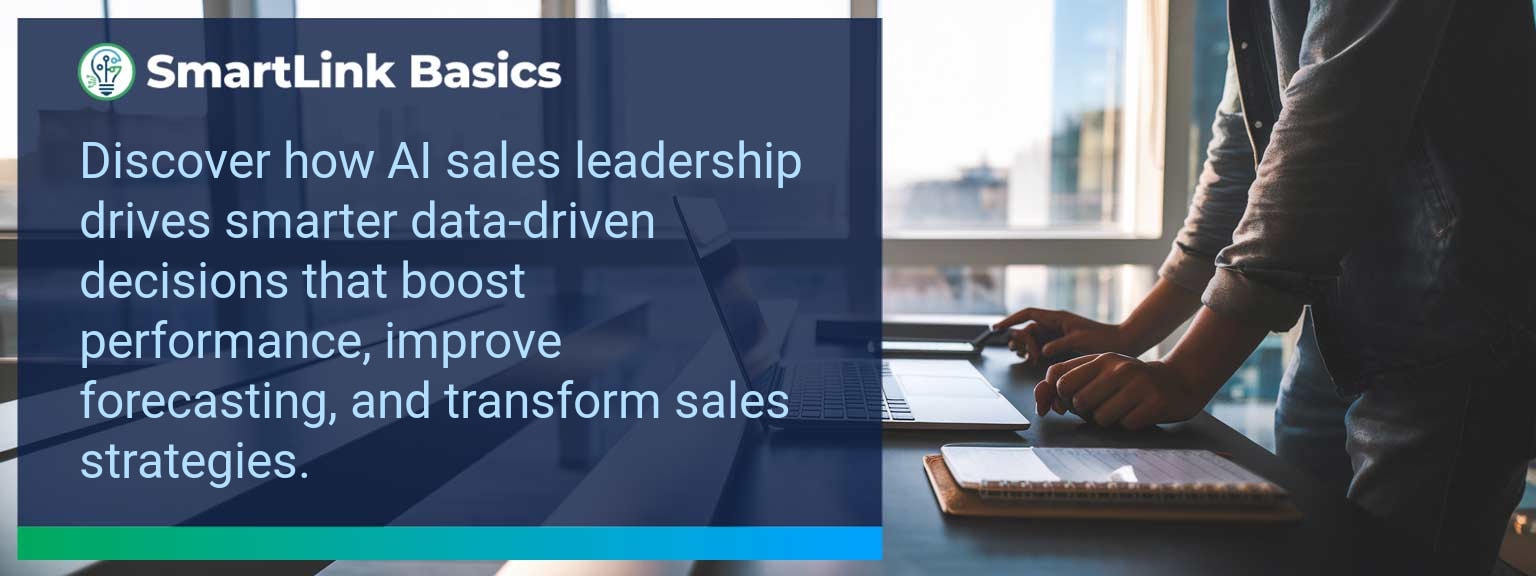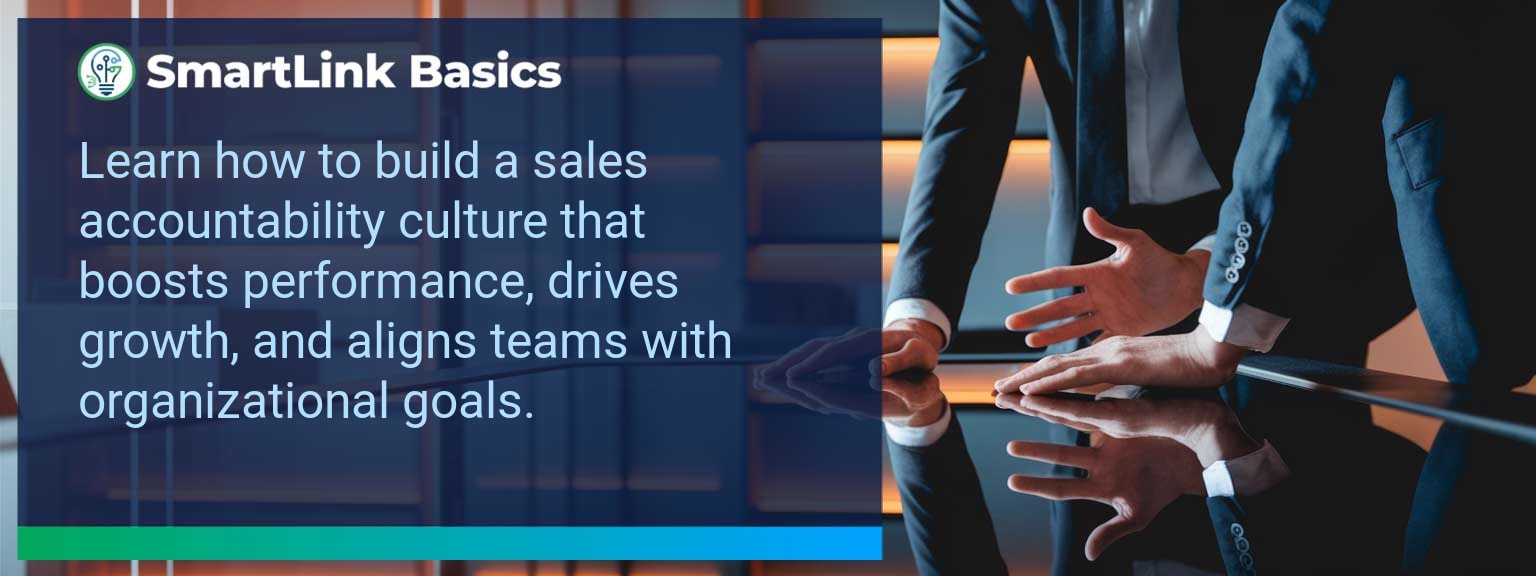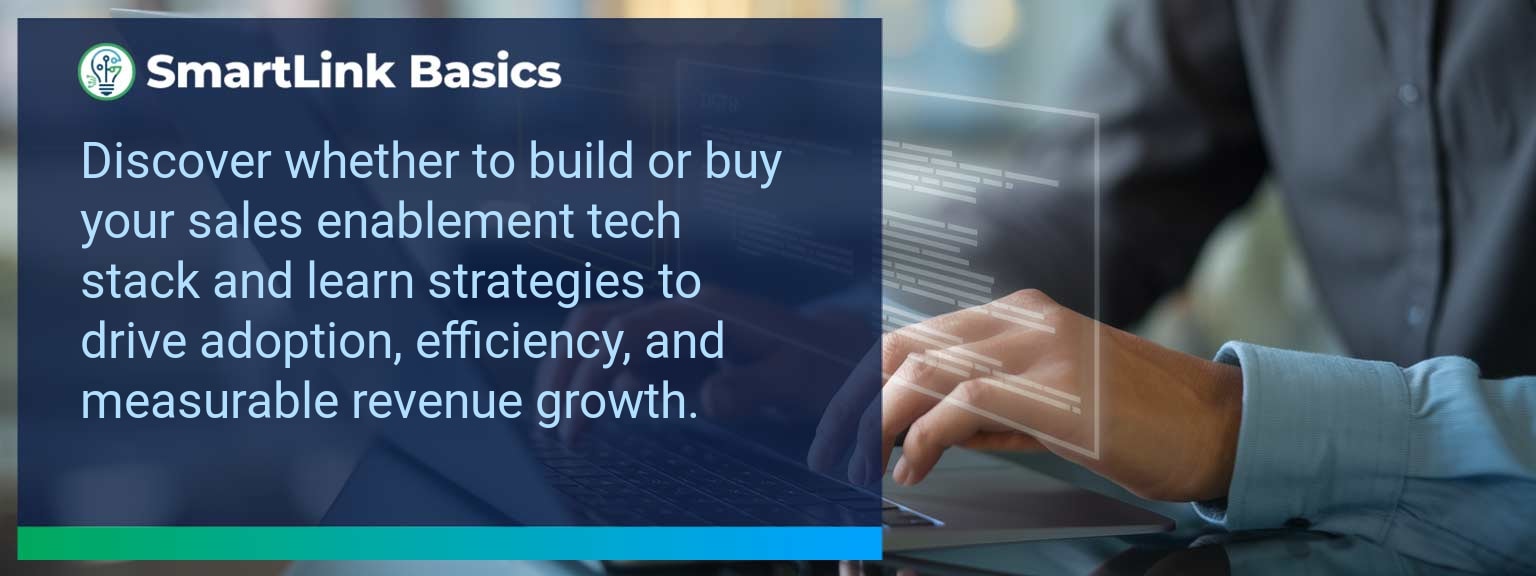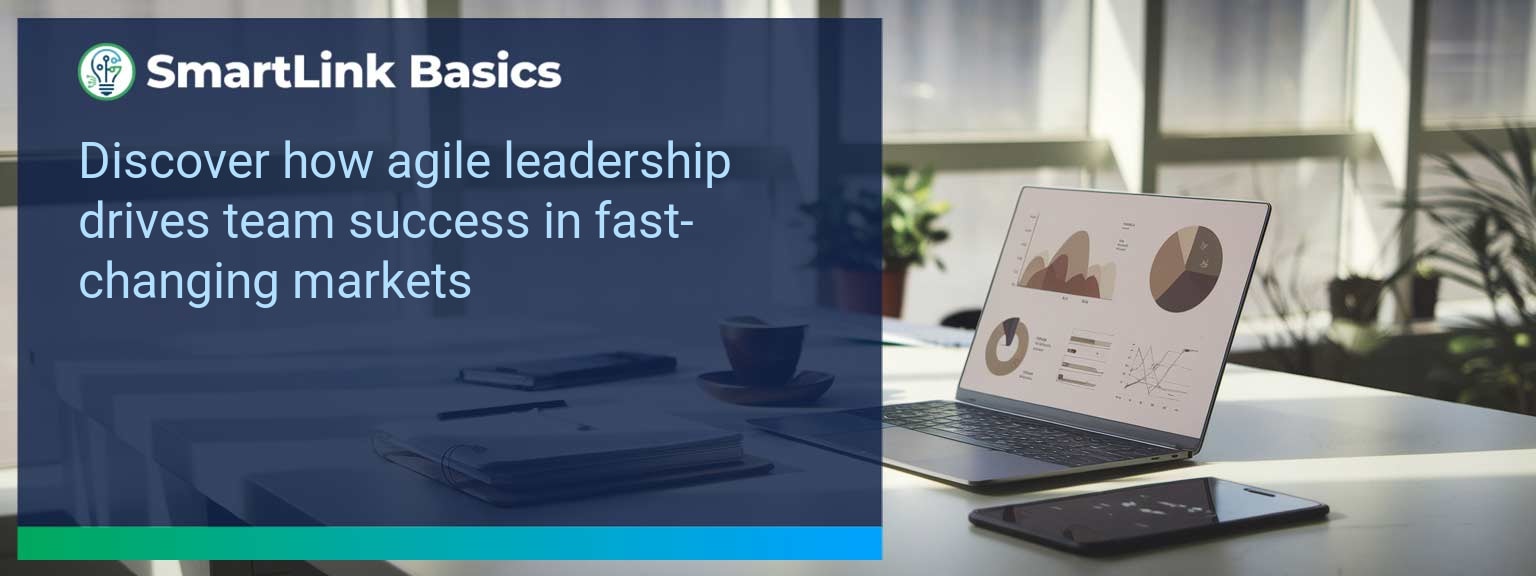Industry data shows that organizations adopting AI-driven automation achieve cost reductions of up to 30% while accelerating sales cycles by 20% or more (McKinsey, 2024). For sales leaders, AI automated workflows now define competitive advantage, enabling teams to reallocate time from repetitive tasks to high-value engagements. At SmartLink Basics, we help decision-makers implement these systems strategically, ensuring they integrate with existing revenue operations. In this article, you’ll see how AI automated workflows power business outcomes, the common obstacles that slow adoption, and practical steps to optimize processes. You’ll walk away with proven examples, a 90-day action blueprint, and measurable KPIs to track results.
- Automate repetitive administrative and CRM updates with AI.
- Integrate machine learning to personalize outreach at scale.
- Streamline approvals, quotes, and contract workflows for speed.
- Use predictive analytics to prioritize sales opportunities.
- Track adoption and performance with targeted metrics.
AI Automated Workflows: What Changed and Why It Matters
AI adoption has shifted from experimental to operational, making automated workflows a standard in high-performing sales organizations. The real advantage lies in combining workflow automation with artificial intelligence workflows to optimize every step of the revenue process. Sales leaders now use AI to synchronize touchpoints, reduce manual inputs, and ensure faster execution. For example, a B2B SaaS leader introduced automated lead enrichment and routing, cutting qualification time by 60%. Actionable insight: Audit processes for time-intensive handoffs and apply AI where repeatability is high.Redesign the Revenue Operating System With AI Automated Workflows
ICP, Segmentation, and Targeting AI-enabled segmentation uses historical wins, firmographic, and behavioral data to dynamically update ICP profiles. This ensures targeting precision without quarterly re-work. Pipeline Architecture Automated workflows push opportunities through the right stages based on engagement signals. AI flags at-risk deals for intervention. Plays and Messaging Integrated automation tools deliver personalized sequences based on buyer activity, increasing relevance at every touchpoint. Operating Cadence AI schedules follow-ups, forecast calls, and account reviews based on actual pipeline movement rather than static calendars. Actionable insight: Implement automation that adapts in real-time to both internal and buyer-driven events.Common Obstacles To Achieving Seamless Automation
The most frequent challenges are fragmented systems, inconsistent data quality, and cultural resistance. Without a unified data layer, automation amplifies errors rather than solving them. Coca-Cola Europacific Partners reported needing a full data governance upgrade before AI could improve sales workflows. Leaders must first assess infrastructure readiness and train teams to trust AI-influenced recommendations. Actionable insight: Before deployment, establish clean data practices and a single source of truth.Implementing AI To Optimize Workflows
Effective deployment of AI process optimization starts with mapping current-state processes, identifying friction points, and matching them with automation tools. For example, automating proposal generation based on CRM opportunity data can reduce turnaround from three days to one hour. Solutions combining business process automation platforms with machine learning integration enable continuous performance improvement. Actionable insight: Pilot in one high-impact stage, measure, and then expand.Tangible Benefits From Automated Processes
The benefits extend beyond time savings — sales leaders gain a scalable system. Tangible outcomes include faster quote-to-close, higher lead conversion, and better forecast accuracy. A manufacturing firm implemented AI-assisted order processing and cut errors by 40%, improving on-time delivery rates. Actionable insight: Track both speed and accuracy to measure workflow automation effectiveness.Metrics That Matter
| Category | Metric | Definition | Target |
|---|---|---|---|
| Leading | Workflow Completion Rate | % of automated sequences executed without manual intervention | 95%+ |
| Leading | AI Suggestion Adoption Rate | % of AI-generated action recommendations executed by reps | 80%+ |
| Lagging | Cycle Time Reduction | Decrease in time from lead entry to closed-won | 20%+ |
| Lagging | Revenue Per Rep | Average sales revenue generated per sales rep per quarter | +15% YoY |
| Quality | Automation Error Rate | % of workflows that trigger incorrect outcomes | <1% |
| Quality | Customer Satisfaction Post-Automation | Average CSAT score after automation implementation | ≥ 4.5/5 |
Innovations And Next Steps For AI Automation
Emerging capabilities like AI-generated playbooks, intent-driven dynamic routing, and integrated AR for virtual product demos are shaping the next wave of sales automation. Companies integrating these tools early will outpace competitors in speed and personalization. Actionable insight: Stay ahead by testing emerging automation features quarterly and aligning them with evolving buyer expectations.Get the 90-day plan, coaching rubric, and dashboard template to operationalize AI in your enablement program.
Turning AI Automation Into a Revenue Multiplier
AI automated workflows are now a strategic lever for predictable, scalable growth. This guide outlined current applications, adoption challenges, a 90-day execution plan, and measurable success criteria. To make automation pay off, sales leaders should integrate tools into one cohesive operating system and review results monthly for continuous improvement. Access more AI-driven sales enablement resources from SmartLink Basics to design a high-performance automation strategy.Sales organizations that consistently outperform competitors share a common trait: a strong culture of ownership at every level. Leaders who master sales leadership strategies not only set targets but also enable their teams to act decisively, take responsibility, and deliver results without constant oversight. As highlighted by SmartLink Basics’ research into high-performance sales management, ownership directly correlates with higher revenue per rep and stronger retention. This article outlines how to instill ownership across your sales force, overcome accountability barriers, apply proven leadership methods, and measure the specific impact on sales performance improvement. You will leave with clear frameworks to apply immediately for stronger, more predictable results.
- Define and model ownership at the leadership level first.
- Establish transparent performance metrics tied to team goals.
- Implement consistent coaching and feedback loops.
- Address accountability gaps with clear consequence frameworks.
- Track outcomes using both leading and lagging indicators.
Overcoming Barriers To Team Accountability
Without a well-defined accountability structure, even highly skilled sales professionals can drift from high-value activities. Common barriers include inconsistent feedback, misaligned incentives, and lack of clarity on role expectations. Effective sales team leadership demands the identification of these friction points early and the decisive removal of ambiguity.
An actionable starting point is to set measurable expectations for both activity and results. For example, a software sales VP might require each account executive to hold a specific number of qualified discovery calls weekly, paired with quarterly revenue targets. This keeps responsibility visible and measurable at all times.
Sales managers can further reduce performance drift by integrating weekly business reviews focused on progress toward shared objectives rather than punitive postmortems.
Implementing Strategies That Foster Ownership
Ownership starts at the top. When leaders align their actions to the same performance standards as their team, they reinforce trust and commitment. Embedding sales leadership strategies into daily operations means setting non-negotiable rhythms for pipeline reviews, opportunity strategy sessions, and skill development.
Applying specific sales management techniques such as peer-led deal reviews and self-reported progress updates empowers reps to own their results. Teams with this approach routinely demonstrate higher sales performance improvement, as individual contributors move from passive executors to active strategists.
Practical execution involves creating small wins early, then scaling autonomy as competence grows. For instance, a new segment team may begin by following a tightly scripted prospecting playbook before shifting to personalized outreach once they achieve conversion consistency.
Measuring The Impact On Sales Performance
Ownership-focused cultures measure the right things at the right time. The most effective leaders track leading indicators such as meeting-to-opportunity rates alongside lagging metrics like closed revenue. This dual visibility enables timely intervention before shortfalls compound.
High-performing managers also monitor quality metrics like win rates within core customer profiles. This signals whether increased activity aligns with sustainable growth rather than short-term spikes. Data-driven decisions are only possible when reporting structures are accurate, updated, and regularly discussed at every level.
| Category | Metric | Definition | Target |
|---|---|---|---|
| Leading | Qualified Meetings Set | Number of first meetings with ideal prospects | +15% quarter over quarter |
| Lagging | Revenue Per Rep | Total closed revenue divided by active reps | $500K annually |
| Quality | Win Rate in ICP | Percentage of deals won within target segment | 35%+ |
Sustaining Growth Through Continuous Leadership
Building ownership is not a one-time initiative—it demands ongoing leadership attention. The most successful sales team leadership approaches embed continuous feedback, skill reinforcement, and leadership development programs into the operating cadence.
Leaders must consistently model the behaviors they expect, ensuring that performance metrics reinforce long-term priorities, not just short-term targets. Regular recalibration of strategy keeps the team aligned as market conditions shift.
An enduring ownership culture is sustained by recognition systems that celebrate accountability, resilience, and collaborative wins as much as individual triumphs.
Get the 90-day plan, coaching rubric, and dashboard template to operationalize AI in your enablement program.
Turn Insight Into Momentum With Smart, Measured Action
You now have a proven framework to strengthen accountability, create ownership, and drive measurable sales growth. Integrate these strategies systematically, measure what matters, and adjust as market dynamics evolve. For further strategic frameworks, Get more Sales Leadership insights from SmartLink Basics.




